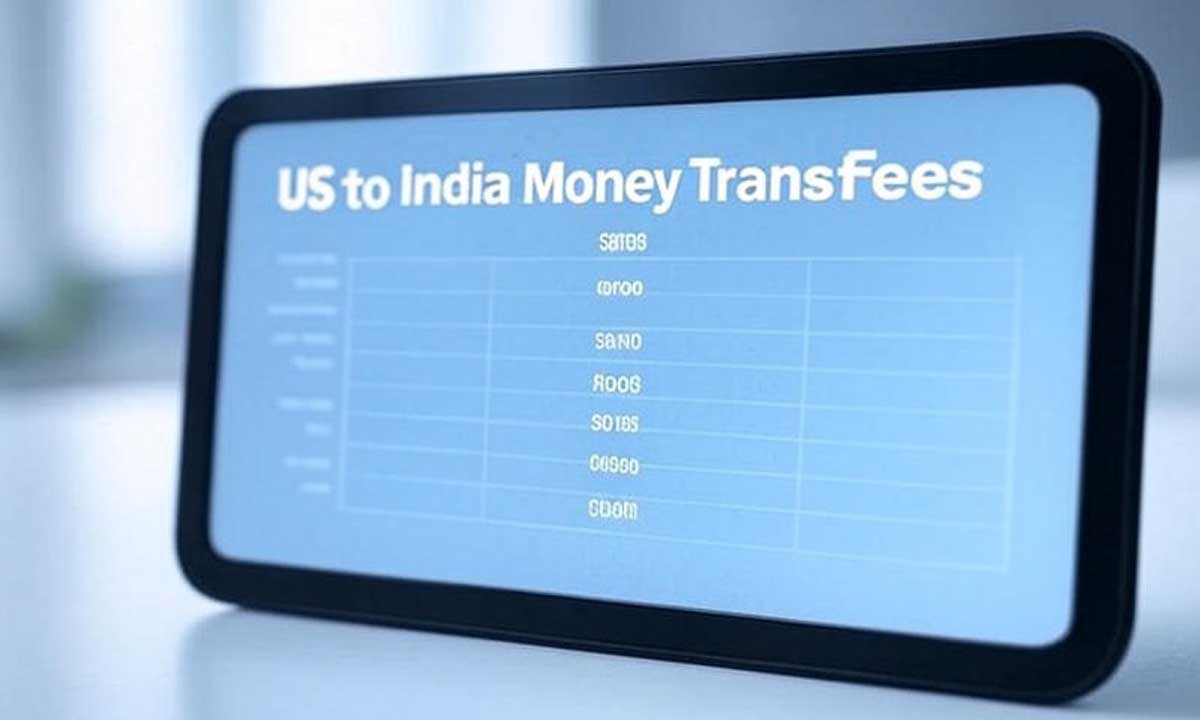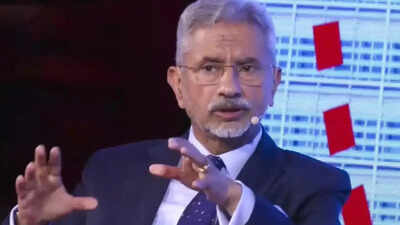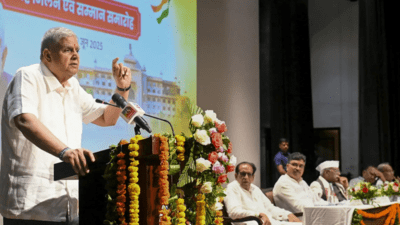Sending money from the US to India? Don’t believe the 1% tax rumors.

The Myth of the 1% Remittance Charge: What You Really Pay to Send Money from the US to India
Every year, billions of dollars flow from the United States to India, a lifeline for countless families, students, and professionals. With India being the world’s largest recipient of remittances, raking in over $125 billion annually, it’s no wonder that the fees associated with these transfers are a hot topic. Recently, you might have seen alarming headlines about a “1% remittance tax” being levied on funds sent abroad, causing a fair bit of confusion. But let me tell you, that widely circulated idea of a flat 1% fee? It’s a bit of a myth.
The truth is far more nuanced. There isn’t a universal 1% charge. Instead, what you actually pay to send money home depends on a whole host of factors, from the specific transfer method you choose and the service provider you use, to even certain legislative proposals that are still up in the air.
Unpacking the “1% Tax” Rumor: Where Did It Come From?
So, where did this idea of a flat 1% remittance charge even originate? It’s tied to something called the “One Big Beautiful Bill Act,” a massive piece of legislation currently under discussion in the United States Senate. An earlier version of this bill suggested a much higher tax, but the current proposal, if it ever becomes law, suggests imposing a 1% tax on certain types of remittance transactions.
But here’s the crucial part: this proposed tax, if it even passes, is designed with a lot of exemptions. For example, it would only apply to transfers funded by cash, money orders, or cashier’s checks. That means remittances coming directly from US bank accounts, brokerage accounts, or those made using US-issued debit or credit cards would be completely unaffected.
Senate discussions have made it pretty clear that if this new rule gets approved, it wouldn’t take effect until after December 31, 2025. The Senate has even set a self-imposed deadline for finalizing the bill for early July 2025. The whole point of this legislative proposal is to curb cash-based transfers, which are often harder to track and sometimes linked to illicit activities, without putting a burden on the vast majority of digital transfers. So, for now, until any new law is actually passed, your current remittance practices remain exactly as they are.
The Real Story: What Really Drives Remittance Costs
Let me be absolutely clear: there’s no law currently on the books that mandates a universal 1% fee on remittances from the United States to India. Instead, the actual cost you incur when you send money depends entirely on the service provider you pick and the specifics of your transaction. Different companies have different ways of charging you, often combining a fixed fee or a percentage-based fee with additional exchange rate markups.
Let’s look at some examples:
- Wise (formerly TransferWise): These guys are known for their transparent pricing. Wise charges roughly 0.48% of the transfer amount as a fee and openly publishes the exchange rate they use, which is the mid-market rate. This means no hidden surprises, and you can see exactly what it costs to convert your dollars into rupees.
- Remitly: Remitly offers two distinct services: an Economy service and an Express service. The Economy service might charge a flat fee of around $3.99 for transfers under $1,000 (and they even waive fees for higher amounts). However, they also apply an exchange rate markup that can range from 0.4% to 1.4%. The Express option gets your money there faster, sometimes instantly, but it typically comes with higher fees.
- Western Union: A long-standing player in the remittance game, Western Union has a pretty varied fee structure. Fees can range anywhere from $0.99 for small transfers up to $35 for larger amounts, and the cost heavily depends on whether the recipient opts for a cash pickup or a bank deposit. On top of the handling fee, Western Union also adds an exchange rate markup of between 1% and 3%, meaning the final cost can be significantly higher than you might initially think.
- Xoom (a PayPal service): Xoom has its own fee schedule, charging anywhere from $0 to $4.99 for most transactions. Like others, they also apply an exchange rate markup that can vary from 0.4% to 3%, especially if you use a credit card to fund the transaction.
For most people, the choice often comes down to whether cost or speed is more important. If you prioritize transparency and low fees, Wise is generally a fantastic option. However, if you need the money to get there quickly, Remitly’s Express service or Western Union’s cash pickup might be more suitable, even if it means paying a bit more due to those hidden exchange rate markups.
The Sneaky Costs: Understanding Exchange Rate Markups
One of the more subtle, yet incredibly important, aspects of remittance fees is the exchange rate markup. You might see a low upfront fee, but many providers quietly adjust the exchange rate in their favor when converting your US dollars to Indian rupees. This means that even if the transfer fee seems small, you could end up paying more overall because the conversion rate you’re getting is less favorable than the actual mid-market rate.
This hidden cost can vary significantly between providers. As I mentioned, Wise stays very close to the mid-market rate, offering excellent value, especially for larger transfers. Providers like Remitly, Western Union, and Xoom, however, embed markups that can add an extra percentage point or two to the total cost of your transaction. Taking the time to evaluate these details before you hit send is crucial to ensure that as much of your hard-earned money as possible reaches its destination.
The Indian Side of the Coin: Regulations for Recipients
For those on the receiving end in India, there are additional regulatory factors to consider, primarily governed by the Liberalized Remittance Scheme (LRS) and Tax Collected at Source (TCS).
The LRS, put in place by the Reserve Bank of India in 2004, allows resident individuals to send up to USD 250,000 per financial year abroad for various purposes like education, medical treatment, travel, gifting, and investments. While this scheme is mainly about outbound remittances from India, understanding its framework is still important for recipients who need to declare or handle incoming funds.
TCS is another factor that could affect the overall cost. In 2025, there were some recent changes that saw the TCS-free threshold raised from ₹7 lakh to ₹10 lakh per financial year. In simple terms, if the amount sent to an individual stays below this threshold, no TCS is collected. However, for remittances exceeding ₹10 lakh, TCS is levied – at a rate of 5% for transactions related to education or medical expenses, and up to 20% for other types of transfers. Luckily, for education-related remittances funded through loans from recognized financial institutions, the TCS is waived. This framework helps track large outflows for tax compliance while providing some relief for those sending smaller amounts.
For many families and students, these regulations can directly impact how much money actually makes it home. So, when you’re planning to send funds, it’s not just about the fee your transfer service charges, but also the potential tax implications once the money lands in India.
Smart Sending: Practical Tips for Remittance Senders
In this fast-changing world of proposed tax law changes and fluctuating fees, staying informed is key. If you’re sending money from the US to India, a few practical tips can help you optimize both the cost and efficiency of your transfer:
- Compare the Total Cost: It’s crucial to compare the overall transaction cost across different providers. Don’t just look at the explicit fees; dig into those hidden exchange rate markups. Many online calculators now allow you to input your intended transfer amount and get a breakdown of the total cost, helping you avoid any nasty surprises.
- Opt for Bank or Card Transfers: If you have the choice, consider initiating transfers directly from your US-based bank account using debit or credit cards. These methods are expected to remain exempt from the proposed 1% tax. Keeping an eye on these legislative developments in the US Senate could save you unnecessary expenses.
- Keep Meticulous Records: Always maintain thorough records of your transfers. This isn’t just good for personal budgeting; it also ensures you’re prepared in case of any issues with Indian TCS regulations or if you need to claim a refund during your income tax return process. With laws and financial regulations constantly changing, having all your documentation handy can simplify your financial management and protect your interests.
The Road Ahead: A Constantly Evolving Landscape
The world of remittances is anything but static. On one hand, policy shifts in the United States, like the proposed 1% remittance tax, highlight governmental efforts to keep a closer eye on cash-based transfers. On the other, the varied fee structures and transparent services offered by companies like Wise show the competitive nature of the market, where service providers are always adapting to meet customer needs. At the same time, changes in India’s regulatory framework, such as the adjustments to TCS thresholds, aim to lighten the load for individuals sending and receiving money internationally.
For both senders and recipients, it’s a time of rapid change and adjustment. While the proposed US legislation is still up in the air, the existing practices around remittance fees – combined with dynamic factors like exchange rate markups and local tax rules in India – mean there’s no single, simple answer to what a remittance will cost. Instead, the total cost is influenced by multiple layers of fees, legal exemptions, and fiscal regulations that vary with each transaction.
The Bottom Line
The often-repeated claim of a flat 1% remittance charge is, at best, a massive oversimplification. In reality, the fees associated with sending money from the US to India are quite complex. While a proposed 1% tax could affect certain cash-based transfers in the future, it won’t impact your typical bank transfers or digital remittance methods. What’s more, the fees you’ll actually pay depend largely on the service provider you choose – whether it’s Wise with its low, transparent fees, Remitly with its speed options and varying charges, Western Union’s extensive network (often with higher hidden costs), or Xoom’s competitive pricing tied to digital convenience.
If you’re sending money, it really pays to do your homework and compare thoroughly, making sure you understand the specific terms of each service. Staying up-to-date on regulatory changes in both the United States and India – be it the evolving legislative proposals or modifications to the Liberalized Remittance Scheme and Tax Collected at Source rules – will help you stay in control of your hard-earned funds.
In essence, while the headline about a 1% remittance tax might sound alarming, it’s crucial to look beyond the myth. By carefully comparing service providers, understanding the nuances of exchange rate adjustments, and keeping an eye on regulatory updates, you can optimize your remittance strategies and ensure that more of your money reaches the families and causes that matter most. For anyone involved in international money transfers, diligent research and informed decision-making are truly the keys to navigating this complex and ever-changing financial landscape with confidence.







